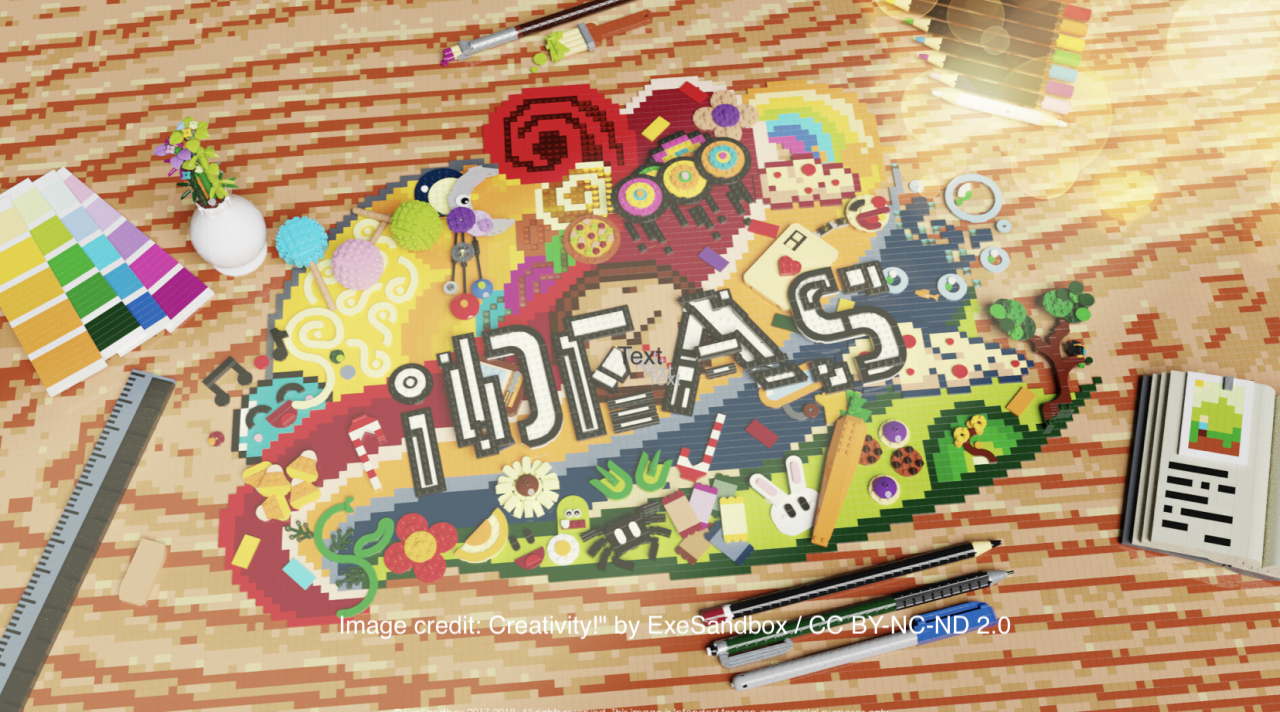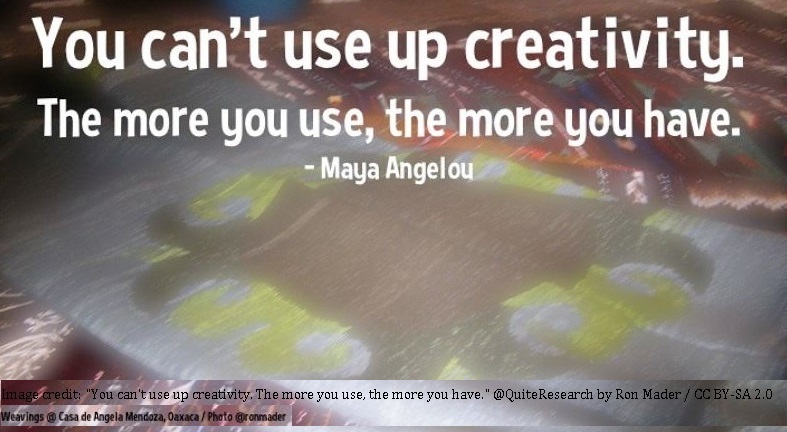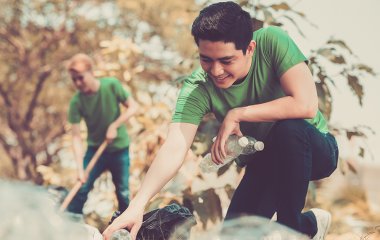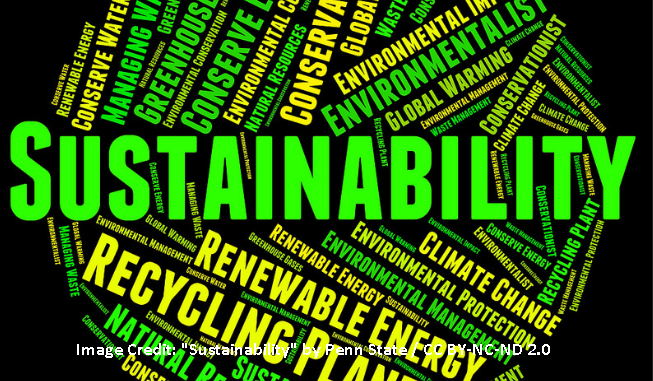Human Creativity as a Renewable Resource
Human Creativity as a Renewable Resource Patrick Blessinger1; Enakshi Sengupta2; Taisir Subhi Yamin3 1 St. John’s University, New York, USA 2 The International Higher Education Teaching and Learning Association (HETL) 3 The International Centre for Innovation in Education (ICIE) Note: Originally published in: International Journal for Talent Development and Creativity – 6(1), August, 2018; and 6(2), December, 2018. Retrieved from https://www.patrickblessinger.com/wp-content/uploads/2019/10/IJTDC-612-December-2018.pdf Abstract This article is a scholarly essay that uses secondary data sources together with historical analysis to provide a broad overview of the development of humans throughout their long history on Earth, how humans have slowly decoupled themselves from the Darwinian evolutionary condition by developing language and intelligence which, in turn, has allowed them to adapt the environment to fit their needs instead of simply adapting themselves to fit the harshness of the natural environment and a survival of the fittest principle. Thus, unlike all non-human species, as human society continues to evolve, [...]




